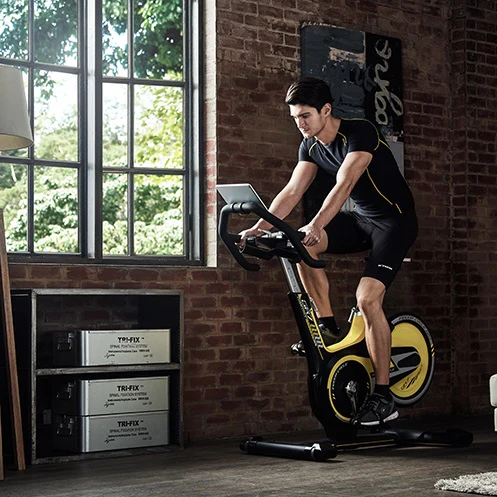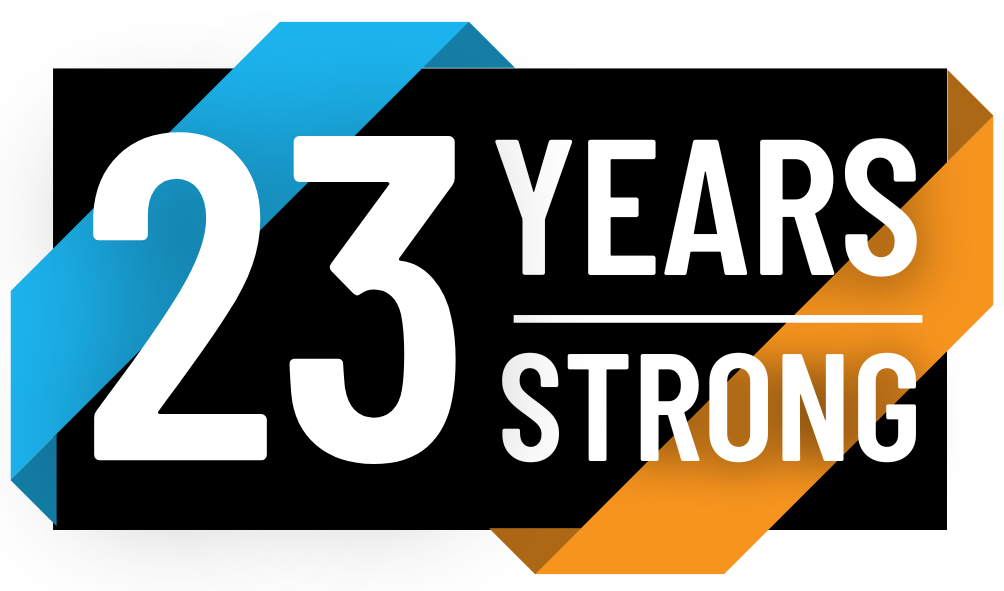
How to Choose a Spin Bike for Home Use: A Comprehensive Guide
In recent years, spin bikes have become one of the most popular pieces of equipment for home gyms. They offer a fantastic cardio workout, burn calories efficiently, and are suitable for all fitness levels. However, with so many options available on the market, choosing the right spin bike for home use can be overwhelming. This guide will help you navigate the key factors to consider when selecting a spin bike that fits your fitness goals, budget, and space.
1. What is a Spin Bike?
Before diving into how to choose the best spin bike, it’s important to understand what sets them apart from other stationary bikes. Spin bikes are designed to mimic outdoor cycling, offering a high-intensity, low-impact workout. The upright position, adjustable resistance, and flywheel system closely resemble road cycling, making them a top choice for indoor cycling enthusiasts.
Unlike traditional stationary bikes or recumbent bikes, spin bikes have a fixed-gear system, meaning the pedals keep moving even after you stop pedaling. This creates a more intense workout experience, particularly suited for interval training and endurance building.
2. Why Choose a Spin Bike for Home Use?
If you’re setting up a home gym, a spin bike is an excellent choice for several reasons:
- Space-efficient: Spin bikes have a smaller footprint compared to treadmills or ellipticals.
- Cost-effective: While prices vary, there are affordable spin bikes for all budgets.
- Full-body workout: Beyond cardio, spin classes and workouts can engage your core and upper body.
- Low-impact exercise: Spin bikes are gentle on the joints, making them suitable for all fitness levels.
3. Key Features to Consider When Choosing a Spin Bike
When choosing a spin bike for home use, several key features will determine the quality and effectiveness of your workouts.
a) Resistance Mechanism
Resistance plays a huge role in how intense your workout is. Spin bikes generally come with two types of resistance mechanisms: friction resistance and magnetic resistance.
- Friction Resistance: These bikes use felt or leather pads that press against the flywheel to create resistance. While they are generally more affordable, they tend to be noisier and require more maintenance over time, as the pads wear down and need to be replaced.
- Magnetic Resistance: Magnetic resistance bikes use magnets to create tension on the flywheel, which means less wear and tear. They are quieter and provide a smoother ride, but they also tend to be more expensive. If budget allows, magnetic resistance is ideal for a long-lasting, quiet experience.
b) Flywheel Weight
The flywheel is the large, weighted disc located at the front or back of the bike. Its weight determines how smooth and consistent your ride will be.
- Lighter Flywheels (14-18 lbs): These are easier to start and stop but may feel less smooth, especially during high-intensity intervals.
- Heavier Flywheels (30-50 lbs): Heavier flywheels offer more momentum, leading to a smoother ride that mimics outdoor cycling. However, they can be harder to pedal initially and are often found in higher-end models.
For most users, a flywheel weight between 30-40 lbs is ideal for a balance between smoothness and ease of use.
c) Frame and Build Quality
A sturdy, durable frame is crucial for a spin bike’s longevity, especially if you’re planning to use it regularly. Look for bikes made from high-quality steel or aluminum that can support your weight and withstand vigorous cycling.
Also, consider the bike’s weight capacity. Most bikes support 250-300 lbs, but heavier users should look for a higher capacity to ensure safety and comfort. A more robust frame will also prevent the bike from wobbling during intense sessions.
d) Adjustability
Proper ergonomics are essential for a comfortable and injury-free workout. Ensure the bike you choose offers multiple points of adjustability:
- Seat height and position: You should be able to adjust the seat both vertically and horizontally to align with your body proportions.
- Handlebar position: Some bikes allow you to adjust the handlebars both up/down and forward/backward, which can be helpful for achieving the correct posture.
An adjustable bike will accommodate multiple users if the bike is shared, and it can also adapt to different workout intensities and styles.
e) Comfort Features
Since you’ll likely be spending considerable time on your spin bike, comfort is crucial. Here are some features to look for:
- Seat: Some spin bikes have wide, padded seats for extra comfort, while others may require a seat cover or padding. Test the seat or check reviews to ensure it’s comfortable for long rides.
- Handlebars: Look for ergonomically designed handlebars that are comfortable to grip, especially if you plan to do standing rides or high-intensity workouts.
- Pedals: Many spin bikes come with toe cages or clip-in pedals. If you’re a serious cyclist, you might prefer clip-in pedals that accommodate cycling shoes for a more efficient workout.
f) Technology and Connectivity
Modern spin bikes often come equipped with technology that can enhance your workout experience:
- LCD display: Displays can show your speed, distance, time, calories burned, and sometimes even heart rate. Some high-end models offer built-in screens for streaming workouts or connecting with fitness apps.
- App compatibility: Some bikes connect to popular apps like Peloton, Zwift, or other fitness apps, allowing you to join virtual cycling classes or track your progress over time. While this feature often comes at a premium, it can be a motivating addition for many users.
g) Noise Level
If you’re setting up your spin bike in a shared space or an apartment, noise can be a major concern. Magnetic resistance bikes are typically quieter than friction-based bikes. Additionally, belt-drive systems tend to operate more smoothly and quietly compared to chain-drive systems, which can rattle over time.
4. Space and Storage
Lastly, consider the space you have available. Spin bikes are generally compact, but it’s still important to measure the area where you plan to place it. If space is tight, look for a bike that is easy to move or fold up for storage.
Conclusion
Choosing the right spin bike for home use requires careful consideration of several factors, including resistance type, flywheel weight, adjustability, and budget. Whether you’re a casual rider or a serious cyclist, there’s a spin bike out there that will meet your needs. By focusing on these key features, you’ll be able to find a spin bike that enhances your fitness journey and delivers an effective, enjoyable workout from the comfort of your home.

